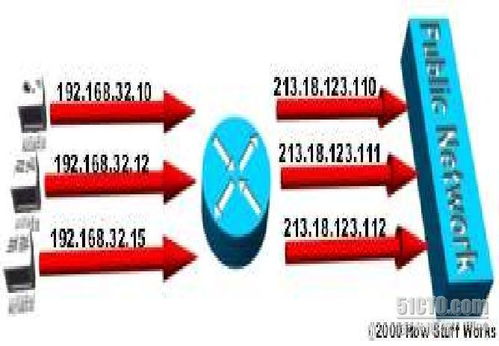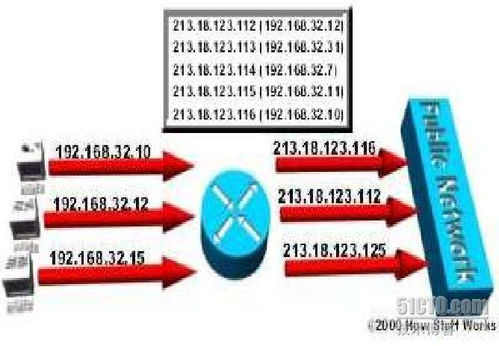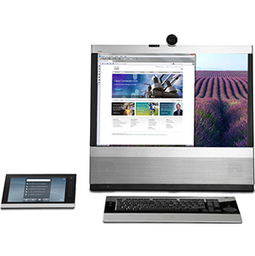Cisco UNI: A Comprehensive Guide
Cisco UNI, or User Network Interface, is a crucial component in the world of networking. It serves as the bridge between a user’s device and the service provider’s network. In this detailed guide, we will explore the various aspects of Cisco UNI, including its definition, types, benefits, and implementation.
What is Cisco UNI?

Cisco UNI is a standardized interface that allows users to connect their devices to a service provider’s network. It is designed to facilitate the transmission of data, voice, and video traffic over the network. The UNI is responsible for establishing, maintaining, and terminating connections between the user’s device and the network.
Types of Cisco UNI

There are several types of Cisco UNI, each serving different purposes:
| Type | Description |
|---|---|
| ATM UNI | Asynchronous Transfer Mode (ATM) UNI is used for high-speed data transmission over the network. It supports various services, including voice, video, and data. |
| Frame Relay UNI | Frame Relay UNI is a cost-effective solution for transmitting data over long distances. It is widely used in corporate networks. |
| PPP UNI | Point-to-Point Protocol (PPP) UNI is used for establishing a direct connection between two devices over a network. It is commonly used for dial-up connections and VPNs. |
Benefits of Cisco UNI

Cisco UNI offers several benefits, making it a popular choice for network connectivity:
-
High-speed data transmission: Cisco UNI supports high-speed data transmission, ensuring efficient communication between devices and the network.
-
Scalability: The UNI is scalable, allowing for easy expansion of the network as the user’s requirements grow.
-
Reliability: Cisco UNI ensures reliable connectivity, minimizing downtime and improving network performance.
-
Security: The UNI provides secure connections, protecting sensitive data from unauthorized access.
Implementation of Cisco UNI
Implementing Cisco UNI involves several steps:
-
Choose the appropriate UNI type based on your network requirements.
-
Configure the UNI interface on the user’s device and the service provider’s network.
-
Establish the connection between the user’s device and the network.
-
Monitor and manage the UNI connection to ensure optimal performance.
Conclusion
Cisco UNI is a vital component in the networking world, providing reliable and efficient connectivity between users and service providers. By understanding the various aspects of Cisco UNI, you can make informed decisions when implementing network solutions.
